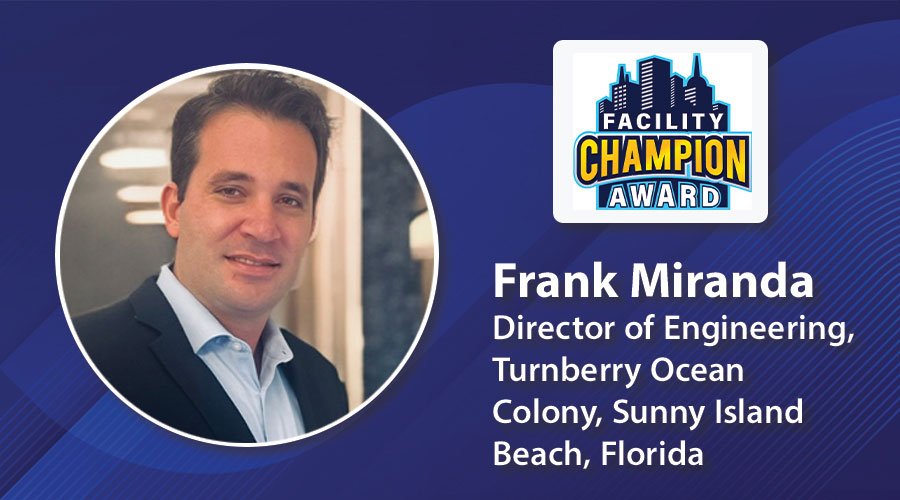Eleven Sites To Be analyzed for Potential Nuclear Recycling Facilities
The U.S. Department of Energy (DOE) announced that 11 commercial and public consortia have been selected to receive up to $16 million in grants, subject to negotiation, to conduct detailed siting studies for integrated spent fuel recycling facilities under the Global Nuclear Energy Partnership (GNEP) initiative.
The U.S. Department of Energy (DOE) announced that 11 commercial and public consortia have been selected to receive up to $16 million in grants, subject to negotiation, to conduct detailed siting studies for integrated spent fuel recycling facilities under the Global Nuclear Energy Partnership (GNEP) initiative.
“As our economy grows so will the need for reliable, emissions-free energy generation,” says Dennis Spurgeon, DOE assistant secretary. “Nuclear energy can help meet that need and GNEP can do it in a way that maximizes the benefit of nuclear fuel while minimizing the risk of nuclear proliferation.”
Of the 11 sites located throughout the country, six are currently owned and operated by DOE. The study sites and sponsors are:
1. Atomic City, Idaho, EnergySolutions, LLC
2. Barnwell, S.C., EnergySolutions, LLC
3. Hanford Site, Wash., Tri-City Industrial Development Council/Columbia Basin Consulting Group
4. Hobbs, N.M., Eddy Lea Energy Alliance
5. Idaho National Laboratory, Idaho, Regional Development Alliance, Inc.
6. Morris, Ill., General Electric Company
7. Oak Ridge National Laboratory, Tenn., Community Reuse Organization of East Tennessee
8. Paducah Gaseous Diffusion Plant, Ky., Paducah Uranium Plant Asset Utilization, Inc.
9. Portsmouth Gaseous Diffusion Plant, Ohio, Piketon Initiative for Nuclear Independence, LLC
10.Roswell, N.M., EnergySolutions, LLC
11.Savannah River National Laboratory, S.C., Economic Development Partnership of Aiken and Edgefield Counties
The grantees will perform detailed siting studies related to hosting one or both of the Consolidated Fuel Treatment Center and the Advanced Burner Reactor. The subsequent awards will be for a 90-day period of performance to complete a detailed site characterization study of each sponsored site, says DOE. Congress provided up to $20 million in FY 2006 for integrated spent fuel recycling facilities siting studies. The remaining funds will be held in reserve to potentially fund supplemental activities if required, says DOE.
Information generated from the detailed siting studies of non-DOE sites is expected to address a variety of site-related matters, including site and nearby land uses; demographics; aquatic and riparian ecological communities; terrestrial plant and animal habitat; threatened or endangered species; historical, archaeological and cultural resources; geology and seismology; weather and climate; and regulatory and permitting requirements, according to DOE.
An advanced nuclear fuel-recycling center contains facilities where usable uranium and transuranics are separated from spent light water reactor fuel for use in producing new fuel that can be reused in a power reactor, says DOE. An advanced recycling reactor is a fast reactor that would demonstrate the ability to reuse and consume materials recovered from spent nuclear fuel, including long-lived elements that would otherwise have to be disposed of in a geologic repository. Both facilities could be located at the same site.
Additional information on DOE’s nuclear energy program may be found on the DOE Web site.
Related Topics:









